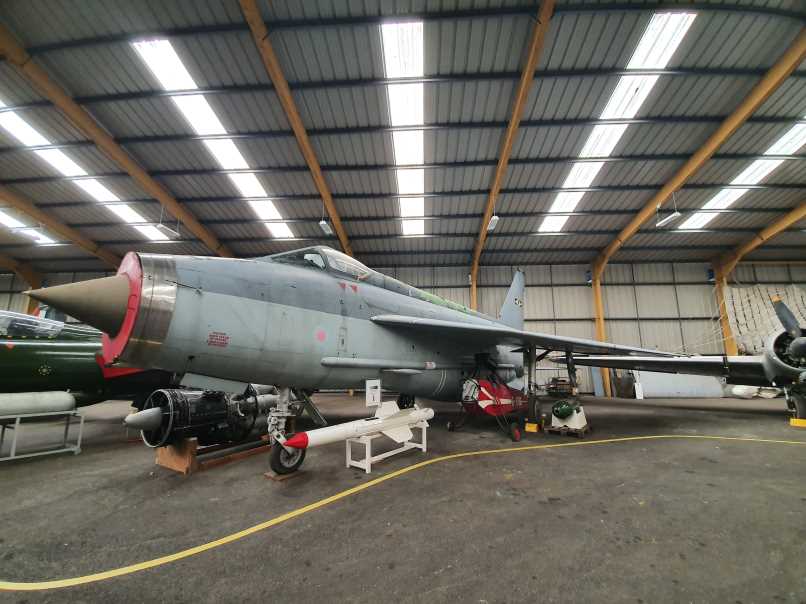The Lightning F.53 holds a unique place in aviation history as the ultimate iteration of one of Britain’s most iconic fighter aircraft. Born out of the formidable English Electric Lightning, the F.53 variant was envisioned as a high-performance interceptor tailored to meet the needs of foreign buyers, particularly those in the Middle East.
The Lightning itself was renowned for its exceptional speed and altitude capabilities, earning it a reputation as one of the fastest and highest-flying aircraft of its time. However, by the 1970s, the Lightning was nearing the end of its operational lifespan with the Royal Air Force (RAF), prompting efforts to find export opportunities for the aircraft.
The F.53 variant represented a modernized version of the Lightning, incorporating upgrades and modifications to enhance its performance and appeal to potential buyers. One of the most notable features of the F.53 was its more powerful Rolls-Royce Avon 301R engines, which provided increased thrust and improved overall performance compared to earlier Lightning variants.
In addition to its upgraded engines, the Lightning F.53 featured enhancements to its avionics and weapon systems, making it a more capable and versatile platform for air defense and interception missions. These improvements included the integration of more advanced radar systems, improved navigation equipment, and updated cockpit displays, ensuring that the F.53 remained a formidable adversary in the modern aerial combat arena.
Despite its impressive capabilities, the Lightning F.53 ultimately failed to attract significant interest from foreign buyers, and only a small number were produced for export. However, those that were sold abroad served with distinction in the air forces of Kuwait and Saudi Arabia, where they provided vital air defense capabilities and helped to safeguard their respective nations’ airspace.
Today, the Lightning F.53 remains a rare and sought-after aircraft among aviation enthusiasts and collectors. Its sleek, delta-winged silhouette and powerful performance continue to captivate audiences at air shows and aviation museums around the world, serving as a testament to the ingenuity and engineering prowess of Britain’s aerospace industry.
In conclusion, the Lightning F.53 represents the culmination of a legendary lineage of British fighter aircraft, embodying the spirit of innovation and excellence that defined the golden age of aviation. While its operational career may have been relatively brief, the F.53 variant remains a beloved and revered symbol of British aviation heritage, standing as a testament to the enduring legacy of the Lightning and its enduring impact on the world of military aviation.

